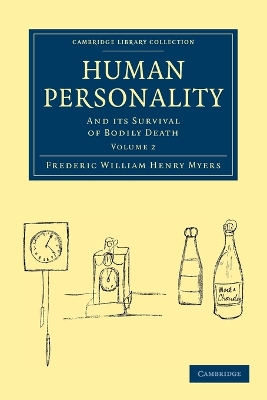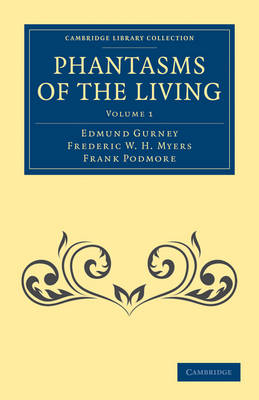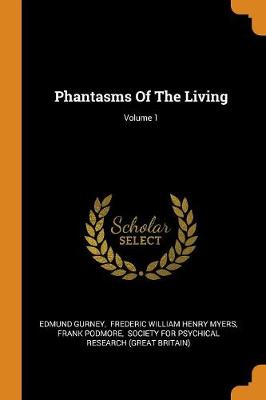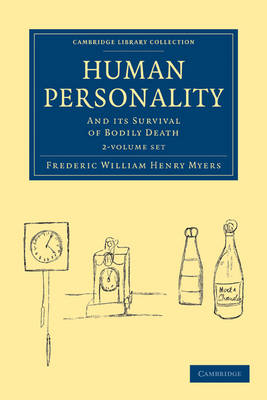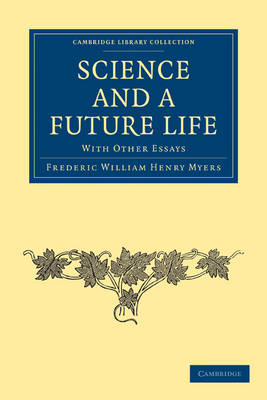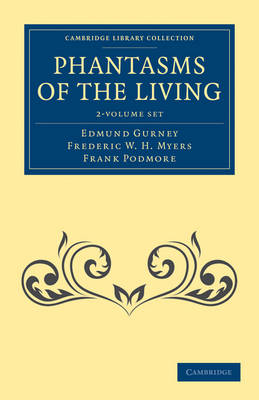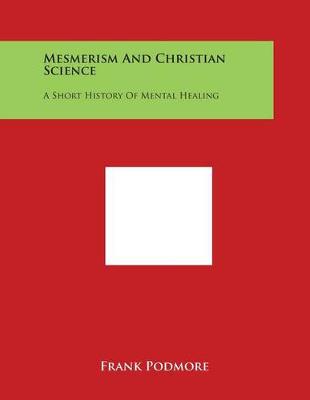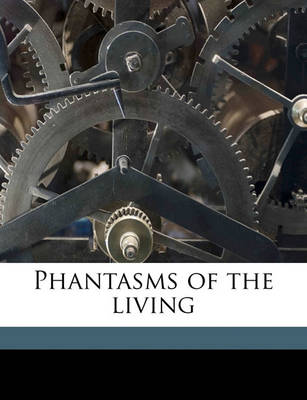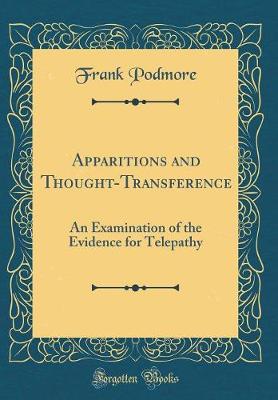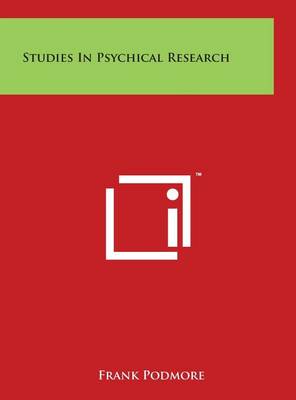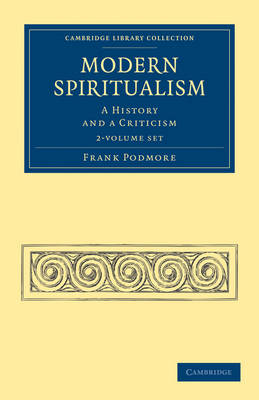Cambridge Library Collection - Spiritualism and Esoteric Knowledge
4 primary works • 15 total works
Volume 1
Volume 1
Phantasms of the Living
by Edmund Gurney, Frederic William Henry Myers, and Frank Podmore
Volume 1
Volume 2
Phantasms of the Living 2 Volume Set
by Edmund Gurney, Frederic William Henry Myers, and Frank Podmore
Phantasms of the Living Volume 2
by Edmund Gurney, Frederic William Henry Myers, and Frank Podmore
